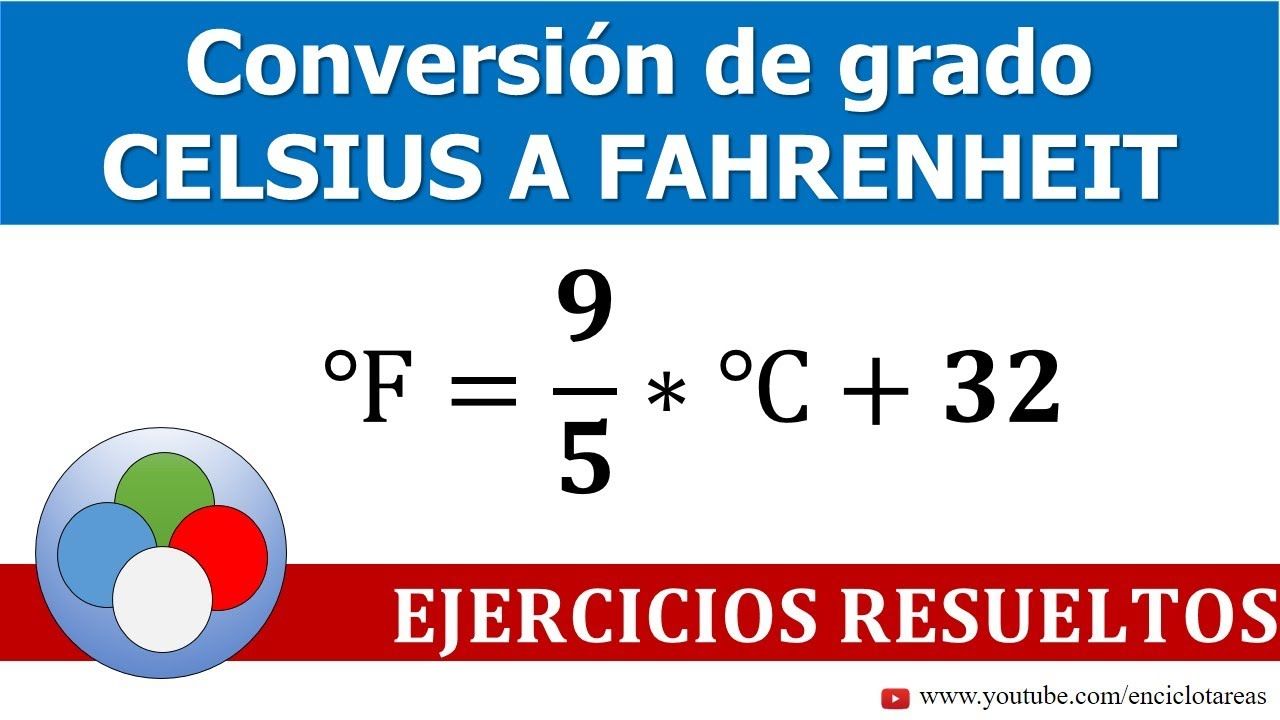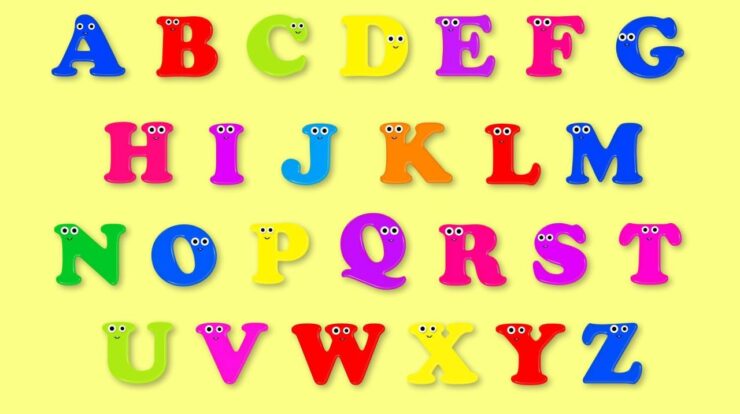With 92 grados fahrenheit a centigrados at the forefront, this paragraph opens a window to an amazing start and intrigue, inviting readers to embark on a storytelling gaya bahasa santai tapi bahasa baku filled with unexpected twists and insights.
In this article, we will delve into the world of temperature conversion and explore the simple yet fascinating process of converting 92 degrees Fahrenheit to Celsius. Whether you’re a science enthusiast or simply curious about the weather, this guide will equip you with the knowledge to effortlessly convert temperatures between the Fahrenheit and Celsius scales.
Let’s dive in!
Converting from Fahrenheit to Celsius

Converting temperature from Fahrenheit to Celsius is a common task in scientific and everyday calculations. Celsius is the most widely used temperature scale in the world, while Fahrenheit is primarily used in the United States and a few other countries.
To convert Fahrenheit to Celsius, you can use the following formula:
C = (F
- 32)
- 5/9
Where C represents the temperature in Celsius and F represents the temperature in Fahrenheit.
Converting 92 degrees Fahrenheit to Celsius
To convert 92 degrees Fahrenheit to Celsius, we can use the formula mentioned above. Plugging in the value of 92 for F, the calculation becomes:
C = (92
- 32)
- 5/9
Simplifying the calculation:
C = 60
5/9
C = 300/9
C ≈ 33.33
Therefore, 92 degrees Fahrenheit is approximately equal to 33.33 degrees Celsius.
Examples of other temperature conversions from Fahrenheit to Celsius
Here are a few more examples of converting temperatures from Fahrenheit to Celsius:
- Converting 212 degrees Fahrenheit to Celsius:
- 32)
- 5/9
- Converting 32 degrees Fahrenheit to Celsius:
- 32)
- 5/9
- Converting
-40 degrees Fahrenheit to Celsius
- 32)
- 5/9
- 72
- 5/9
C = (212
C = 180
5/9
C = 900/9
C = 100
Therefore, 212 degrees Fahrenheit is equal to 100 degrees Celsius.
C = (32
C = 0
5/9
C = 0
Therefore, 32 degrees Fahrenheit is equal to 0 degrees Celsius.
C = (-40
C =
C =
360/9
C =
40
Therefore, -40 degrees Fahrenheit is equal to -40 degrees Celsius.
Significance of converting temperatures between Fahrenheit and Celsius
Converting temperatures between Fahrenheit and Celsius is essential for various reasons. It allows for accurate comparison and understanding of temperature measurements across different regions and scientific disciplines. It is particularly important for international collaborations, weather forecasting, and scientific research that involves temperature data.
Understanding the Fahrenheit and Celsius scales

The Fahrenheit temperature scale is a system of measuring temperature commonly used in the United States and a few other countries. It was developed by the physicist Daniel Gabriel Fahrenheit in the early 18th century. The Fahrenheit scale divides the range between the freezing and boiling points of water into 180 equal parts.
In this scale, the freezing point of water is set at 32 degrees Fahrenheit (32°F) and the boiling point of water is set at 212 degrees Fahrenheit (212°F). Compared to the Celsius scale, the Fahrenheit scale has a smaller degree interval, which means that temperature changes in smaller increments.
For example, a 1-degree change in Fahrenheit is equivalent to a 0.56-degree change in Celsius.
Comparison of Fahrenheit and Celsius scales
The Fahrenheit and Celsius scales are both used to measure temperature, but they have different reference points and degree intervals. Here are some key differences between the two scales:
- The freezing point of water: In the Fahrenheit scale, the freezing point of water is 32°F, while in the Celsius scale, it is 0°C.
- The boiling point of water: In the Fahrenheit scale, the boiling point of water is 212°F, while in the Celsius scale, it is 100°C.
- Reference points: The Fahrenheit scale uses the freezing and boiling points of water as its reference points, while the Celsius scale uses the freezing and boiling points of water at standard atmospheric pressure as its reference points.
- Conversion formula: To convert Fahrenheit to Celsius, you can use the formula °C = (°F – 32) / 1.8. To convert Celsius to Fahrenheit, you can use the formula °F = (°C – 1.8) + 32.
Historical background and origins
The Fahrenheit temperature scale was developed by Daniel Gabriel Fahrenheit, a Polish-German physicist, in the early 18th century. Fahrenheit initially used a mixture of water, ice, and salt as his reference points for temperature measurement. Later, he adjusted the scale to use the freezing and boiling points of water as his reference points.The
Celsius temperature scale, on the other hand, was developed by Anders Celsius, a Swedish astronomer, in the 18th century. Celsius originally used the boiling and freezing points of water as his reference points, but the scale was later inverted to use the freezing and boiling points at standard atmospheric pressure.
Fun fact: The Celsius scale was originally called the “centigrade” scale because it divided the range between the freezing and boiling points of water into 100 equal parts.
The Fahrenheit and Celsius scales are widely used around the world, with the Celsius scale being the standard in most countries. However, the Fahrenheit scale is still commonly used in the United States for everyday temperature measurements, weather forecasts, and in some industries.
Temperature conversion tools and methods: 92 Grados Fahrenheit A Centigrados

When it comes to converting temperatures, there are various tools and methods available to make the process easier. Whether you prefer using online resources or manual calculations, here are some options:
Temperature Conversion Tools
1. Digital Thermometer: This handheld device allows you to measure temperatures and usually provides the option to switch between Fahrenheit and Celsius. It is a convenient tool for quick and accurate temperature conversions.
2. Mobile Apps: There are many temperature conversion apps available for smartphones, which can be easily downloaded and used on the go. These apps often provide additional features like temperature history, unit conversion, and more.
3. Weather Stations: Some weather stations provide temperature readings in both Fahrenheit and Celsius. These devices are commonly used by meteorologists and weather enthusiasts to monitor and analyze weather conditions.
Online Temperature Conversion Calculators
1. The Weather Channel: The Weather Channel’s website offers a user-friendly temperature conversion calculator. Simply input the temperature value and select the desired unit of measurement to instantly convert it.
2. UnitConverters.net: This website provides a comprehensive range of unit conversion calculators, including temperature conversions. It offers a simple interface where you can enter the temperature value and convert it between Fahrenheit and Celsius.
3. National Oceanic and Atmospheric Administration (NOAA): NOAA’s website features a temperature conversion calculator specifically designed for meteorological purposes. It allows you to convert temperatures between Fahrenheit, Celsius, and Kelvin.
Manual Temperature Conversion
To manually convert temperatures from Fahrenheit to Celsius or vice versa, follow these steps:
- For Fahrenheit to Celsius conversion: Subtract 32 from the Fahrenheit temperature and then multiply the result by 5/9.
- For Celsius to Fahrenheit conversion: Multiply the Celsius temperature by 9/5 and then add 32 to the result.
Example: To convert 68 degrees Fahrenheit to Celsius, subtract 32 from 68 (resulting in 36) and then multiply 36 by 5/9. The conversion yields a temperature of 20 degrees Celsius.
Advantages and Disadvantages
Each method of temperature conversion has its own advantages and disadvantages:
- Temperature conversion tools like digital thermometers and mobile apps offer convenience and accuracy. They are quick to use and provide instant results. However, they may require additional equipment or access to a smartphone.
- Online temperature conversion calculators are easily accessible and can be used without any additional tools. They provide a user-friendly interface and accurate results. However, they require an internet connection and may not be available in all situations.
- Manual temperature conversion allows for a better understanding of the conversion process and can be done without any additional tools. It is a useful skill to have and can be applied in various scenarios. However, it may take longer to calculate and is prone to human error.
Practical applications of temperature conversion
Temperature conversion plays a crucial role in various fields and industries. It is not only important for scientific research but also has practical applications in everyday life. Understanding temperature in different units of measurement allows for effective communication and accurate analysis of data.
Importance of temperature conversion in scientific research
Temperature conversion is essential in scientific research as it enables scientists to compare and analyze data collected using different temperature scales. Different experiments and studies may use Fahrenheit, Celsius, or Kelvin scales, and converting between these units allows for consistency and compatibility in data interpretation.
It ensures that researchers can accurately analyze and compare results, leading to meaningful conclusions and advancements in various scientific disciplines.
Crucial industries and fields where temperature conversion is necessary
Temperature conversion is crucial in industries and fields such as:
- Pharmaceuticals: Temperature control is vital in the production of medications to ensure their stability and effectiveness. Converting between Fahrenheit and Celsius allows pharmaceutical companies to maintain the correct storage and transportation conditions.
- Food industry: Temperature conversion is essential in food processing and storage. It ensures that food is cooked, stored, and transported at the appropriate temperatures to prevent spoilage and maintain food safety.
- Environmental monitoring: Temperature conversion is necessary for studying climate change, monitoring weather patterns, and analyzing ecological systems. Scientists need to convert temperature data to different units to assess long-term trends and make accurate predictions.
- Engineering: Temperature conversion is crucial in various engineering disciplines, such as aerospace, automotive, and materials engineering. It helps engineers design systems and materials that can withstand different temperature conditions.
Temperature conversion in everyday life
Temperature conversion is used in everyday life in various situations, including:
- Cooking: Recipes often provide temperature instructions in either Fahrenheit or Celsius. Being able to convert between these units allows individuals to follow recipes accurately and achieve the desired cooking results.
- Travel: When traveling to countries that use a different temperature scale, knowing how to convert between Fahrenheit and Celsius helps in understanding weather forecasts, setting thermostat controls, and dressing appropriately for the climate.
- Healthcare: Temperature conversion is important in healthcare settings for monitoring body temperature. Different countries may use different temperature scales, and being able to convert between Fahrenheit and Celsius ensures accurate measurement and diagnosis.
Significance of understanding temperature in different units of measurement, 92 grados fahrenheit a centigrados
Understanding temperature in different units of measurement allows for effective communication and collaboration across international borders. It ensures that temperature-related information can be accurately shared and understood by individuals, regardless of the temperature scale they are accustomed to. Additionally, it facilitates accurate data analysis and comparison, enabling global efforts in scientific research, climate studies, and various industries.
Last Point
In conclusion, understanding the conversion of temperatures from Fahrenheit to Celsius, such as 92 grados fahrenheit a centigrados, opens up a world of possibilities. Whether you’re planning a trip, conducting scientific experiments, or simply trying to make sense of the weather forecast, being able to convert temperatures accurately is a valuable skill.
So the next time you come across a temperature in Fahrenheit, you’ll know exactly how to convert it to Celsius and vice versa. Happy converting!
FAQ Explained
What is the formula for converting Fahrenheit to Celsius?
To convert Fahrenheit to Celsius, you can use the following formula: (°F – 32) × 5/9
What are the steps to convert 92 degrees Fahrenheit to Celsius?
To convert 92 degrees Fahrenheit to Celsius, subtract 32 from 92, which gives you 60. Then, multiply 60 by 5/9 to get the Celsius equivalent, which is approximately 15.6 degrees Celsius.
Can you provide examples of other temperature conversions from Fahrenheit to Celsius?
Sure! Here are a few examples: – 212 degrees Fahrenheit is equal to 100 degrees Celsius. – 68 degrees Fahrenheit is equal to 20 degrees Celsius. – 32 degrees Fahrenheit is equal to 0 degrees Celsius.
Why is it important to convert temperatures between Fahrenheit and Celsius?
Converting temperatures between Fahrenheit and Celsius allows for better understanding and comparison of temperature values. It is particularly crucial when dealing with scientific research, international weather forecasts, and global temperature measurements.


